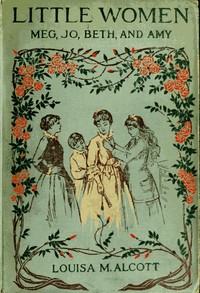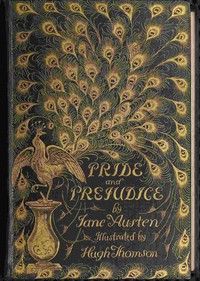book recommend
New Arrivals
City Starts to Solve Chip Problems
Zhao Xin traveled to a parallel universe and became a small-time technician at Wanqiu Mobile Phone Company. Here, Wanqiu Mobile was subject to a foreign technological blockade, and all of China was restricted by foreign chips. Using the super-intelligent system he gained during his time travel, Zhao Xin helped his motherland leapfrog the world's technological curve. His company became the world's leading tech company, and he himself became an academician of the Chinese Academy of Sciences. China established a Gold Award for Scientific and Technological Contribution in his name, which later became the highest honor for Chinese tech workers. However, Zhao Xin knew that the changes he had brought to society went far beyond this.

From one minute to a capital tycoon
Lin Shuai, who suffered an electric shock accident, was fortunate enough to obtain the Alpha Superman System, enabling him to predict events up to a minute. He then took on major domestic and international investors, earning a fortune... Zhongzhou Capital: "I'm no match for him!" ABB Capital: "I lost another $500 million to him yesterday!" The Great Tribal Chief: "My people work for him!" ...

Business War: I'm a madman, but my boss tells me to calm down
Burned out by work, Chen Ji decided, adhering to his principle of never letting things get in the way, to join the company's newly formed Commercial Strategy Team. Leader: "The other company is about to sign a contract with a client. How can we snatch it?" Chen Ji: "Leader, I think if all the restrooms on this floor were clogged except ours, and then the other client got sick, and then we happened to have no toilet paper but only the contract, and then we happened to have the product the client needed... wouldn't that make sense?" Employees: "???" Is this guy crazy? How could there be so many careless things? Chen Ji: "I happen to have a friend working part-time at the other company. Maybe he accidentally gave the client some slimming tea instead of tea?" Leader (shocked!): "Prepare the contract!"
















